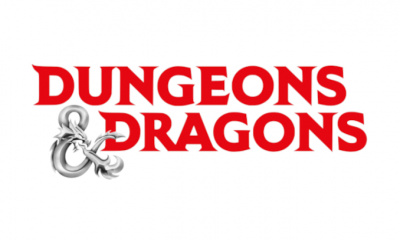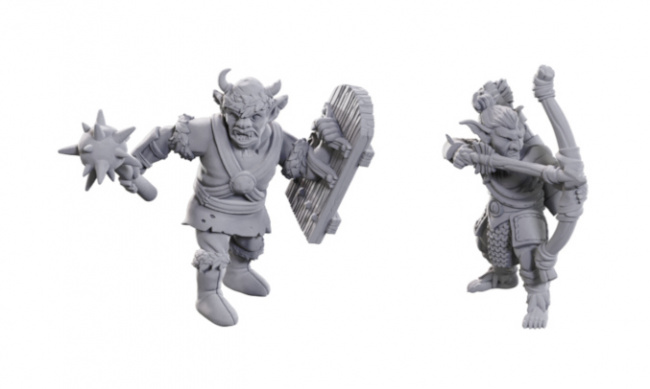 Two years after the simultaneous bits-and-atoms release of DC’s "New 52" ushered in the era of digital comics in earnest, a couple of recent announcements around the availability of DRM-free downloads threatens to disrupt a market consensus that seemed to have emerged around platforms, pricing and formats.
Two years after the simultaneous bits-and-atoms release of DC’s "New 52" ushered in the era of digital comics in earnest, a couple of recent announcements around the availability of DRM-free downloads threatens to disrupt a market consensus that seemed to have emerged around platforms, pricing and formats.Digital imprint Thrillbent announced on Tuesday that they are selling DRM-free (unprotected, copyable) collections of their original comics through a storefront on their site, following closely on the heels of Image Comics a few weeks ago. Flagship Thrillbent title "Insufferable," by Mark Waid and Peter Krauss, will follow the “pay what you want” pricing model that creators Brian K. Vaughan and Marcos Martin, among others, have adopted for their digital original works.
DRM: Who cares?
Does this whole issue sound like technobabble of interest only to dual-threat nerds steeped in both comics and technology (and the occasional triple-threat nerd, like yours truly, who also follows industry minutiae), or, at best, a controversy that has long been put to bed by changing markets? DRM-enabled, cloud-hosted digital comics such as those available from major publishers, comiXology and iVerse seem to work fine for the majority of consumers, and being able to access comics on multiple devices or through the Web without having to manually transfer files back and forth is a compelling convenience.
Critics suggest that people who insist on owning the files themselves in standard, non-proprietary formats like .cbr, .cbz and .pdf are a dwindling minority of the burgeoning digital market; most people simply don’t care (true enough, based on the numbers). Fans of open formats tend to represent the early adopters who whetted their appetites for digital comics on torrent sites and zero-day scans--which is to say, people who may not necessarily be paying customers in the first place. Why cater to them?
An Open and Shut Case
The case for open formats has always been straightforward. Protection schemes are costly and technically complex, creating inflexibility and inconvenience for customers and publishers. They presume that every customer is a potential thief, looking for ways to rip off creators rather than paying.
And, they don’t work.
All DRM, including that used on digital comics, can be beaten by a determined hacker. Once a digital file is "liberated" one time, it is available to anyone who wants it and knows where to look. Low-tech pirates don’t even need to be that fancy: they can just grab a copy of the printed book and scan or photograph the pages using a decent phone camera. Lousy quality, to be sure, but you get what you (don’t) pay for.
DRM in this scenario serves the purpose of those stickers people put in the windows of their houses saying "Premises protected by Alarm System:" a good burglar knows how to avoid an alarm, but might figure it’s not worth the trouble and move on to a less-protected house down the street.
Locks and Levers
DRM might not be proof against piracy, but it does have other advantages for publishers and, particularly, distributors. Having a protected file format locks consumers in to a proprietary reading app that is made for that format only. That means readers can’t consolidate digital collections from multiple stores and sources into a single offline repository (e.g., their hard drive) and read them on any standard program (Adobe Acrobat, ComicRack, ComicZeal, etc.).
Comic fans, being comic fans, naturally want to see their collections in a single view rather than having to skip from app to app. Once you have a critical mass of digital comics through one platform and are invested in a single reading platform, chances are you are buying through a single storefront built in to the app. It helps when that app also provides a premium, high-resolution reading experience and consistent level of quality that demonstrates value for money, regardless of the DRM situation.
This is the mechanism by which comiXology consolidated its position in the digital comics space, and it remains very smart business--especially in an environment where the big corporate publishers insist on DRM as a matter of course.
Who do you trust?
At the bottom of all the technical and business issues, differences between DRM and DRM-free schemes come down to questions about who you trust.
The DRM-free model being tested by individual creators, digital imprints like Thrillbent, and creator-centric publishers like Image, places trust in the consumer: Pay a fair price, don’t share personal copies on public sites, don’t steal from the people who make the comics you love. In exchange, we’ll give you the freedom that comes with ownership of the digital files.
The DRM model asks consumers to trust the distributor: maintain the servers and systems so cloud-hosted copies are always available; continue to support the standards or offer free upgrade paths so customers don’t have to pay and pay again for the same content when technologies change; don’t tamper with digital files after they are in market, particularly in any way that smacks of censorship; and stay in business, so fans aren’t left high and dry. In exchange for this trust, we’ll give you a great-looking book on any device you want, but we own the bits.
Obviously all of those factors--particularly the one about staying in business--are aligned with the interests of distributors like comiXology, although not all of them are within their direct control. However so far, they have generally lived up to those commitments, arguably with greater consistency than consumers have abided by their end of the deal with respect to open files.
Competing models are fighting it out.
These fundamental differences in the calculus of trust and risk are present in a growing number of areas within the comics industry, on issues ranging from creator rights to crowdfunding, reflecting the divergence between the upper corporate end of the North American comics business (the Big Two, give or take Archie) and everyone else.
For the moment, there is room for a diversity of models in the market. The fragility of high-trust, bottom-up systems has not been tested against systematic exploitation; nor has the good will of the custodians of low-trust, centralized systems. That tension is contributing to the vibrancy of creative work being produced and the great value being enjoyed by fans and consumers. Things will change if one side wins out, as will inevitably happen. But in the meantime, here’s hoping a thousand flowers continue to bloom.
Rob Salkowitz (@robsalk) is a business consultant and author of Comic-Con and the Business of Pop Culture.
The opinions expressed in this column are solely those of the writer, and do not necessarily reflect the views of the editorial staff of ICv2.com.







